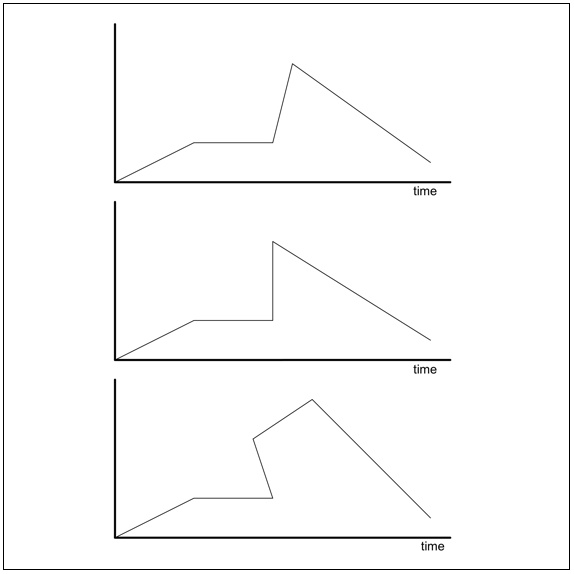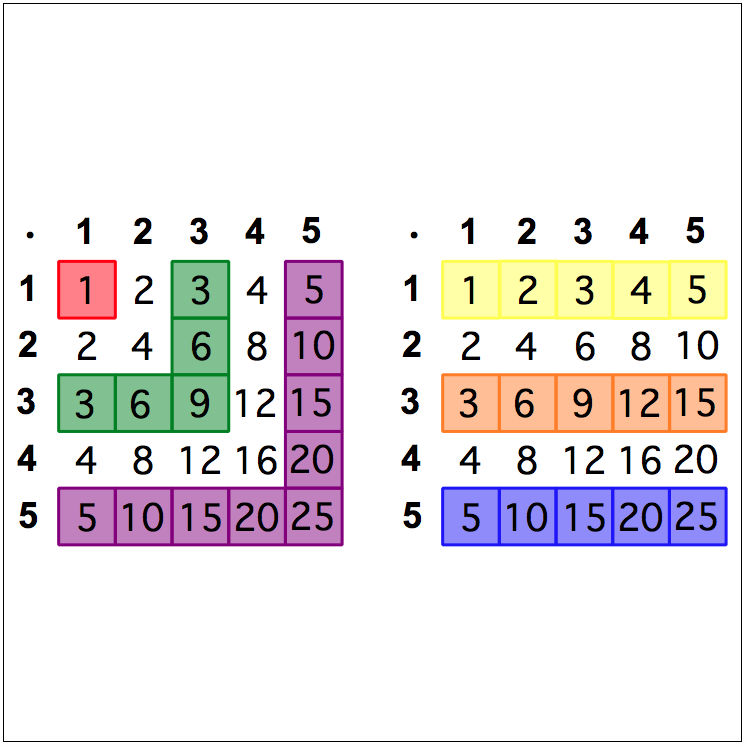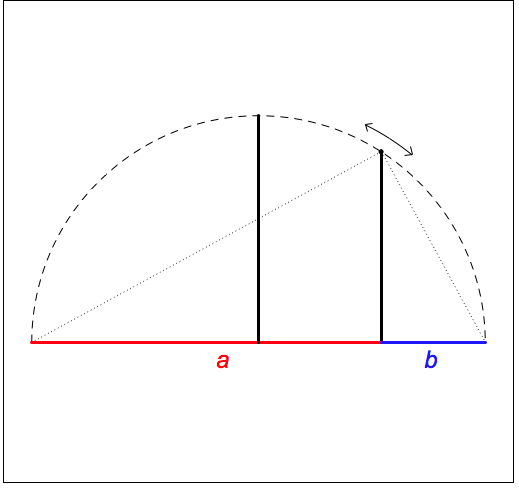5280 Math Content Guide
GRADES 7 and 8
CMP Content Guide: Intro Grade 1 Grade 2 Grade 3 Grade 4 Grade 5 Grade 6 Grades 7 and 8
Suggestions for Getting Started
Click on a prompt to get either (1) an enlarged pdf that you can display or copy, or (2) a page of supporting notes. I am working on writing supporting notes for every prompt, but this will take time. Feel free to request prompts that you would like me move to the top of my list!
Notice that Creative Math Prompts do not have directions. You and your students decide what questions to ask. Prompts that have supporting notes will give you some ideas, but don’t be afraid to explore the prompts that don’t have notes yet!
Watch for prompts that make connections across topics. They appear in more than one content category.
Explore beyond your grade level. Depending on your students and your curriculum, prompts from one or even two grades before or after the grade you teach may sometimes work better than the ones listed here! Also, the prompts are very open-ended, so you may be able to continue using prompts that have already been used by teachers at earlier grade levels!
Read about tips and suggestions for Using Creative Math Prompts.
Please contact me if you have a new idea for a Creative Math Prompt, especially for the few content areas that lack one. I will give you credit!
CONTENT
CREATIVE MATH PROMPTS
Data
understanding, describing, and analyzing distributions; apply measures of center and variability; bivariate data and scatterplots; samples and populations; sample statistics
Please share any ideas you may have for this content area!
Place Value
exponential notation (integer and fractional exponents; properties of exponents; scientific notation (integer-number exponents); extreme numbers
Algebra (Part 1)
write and evaluate algebraic expressions; equivalent algebraic expressions; formulas, tables, and graphs; linear functions including slope and y-intercepts
Real Number System
absolute value; add, subtract multiply, and divide rational numbers in various represnetations; subsets of real numbers (especially rational and irrational); properties of real numbers and operations (commutative, associative, distributive, identity, and inverse)
Angle relationships
interior and exterior angles in polygons; supplementary and vertical angles; angle relationships with parallel lines
Algebra (Part 2)
simplify algebraic expressions (distributive property and like terms); solve equations and inequalities by testing values; solve linear systems of equations; the function concept; translate between representations of functions
Probability
random numbers; simulations; events and sample spaces (represented in various ways including tables, tree diagrams, and Venn diagrams); mutually exclusive and independent events; probabilities of compound events (with and without equally likely outcomes)
Proportional and Linear Relationships
rates and unit rates; ratio as comparison (part-to-whole and part-to part); proportions (understanding and applying cross-products
Measurement
Surface area-volume connections; Surface area and volume formulas for prisms, pyramids, cylinders, cones, and spheres with justifications and applications; Pythagorean theorem and its converse
Similarity, Scaling, and Transformations
scale drawings; coordinate geometry; isometries (translations, rotations, and reflections); congruence; dilations and similarity; similar triangles; coordinate geometry




































